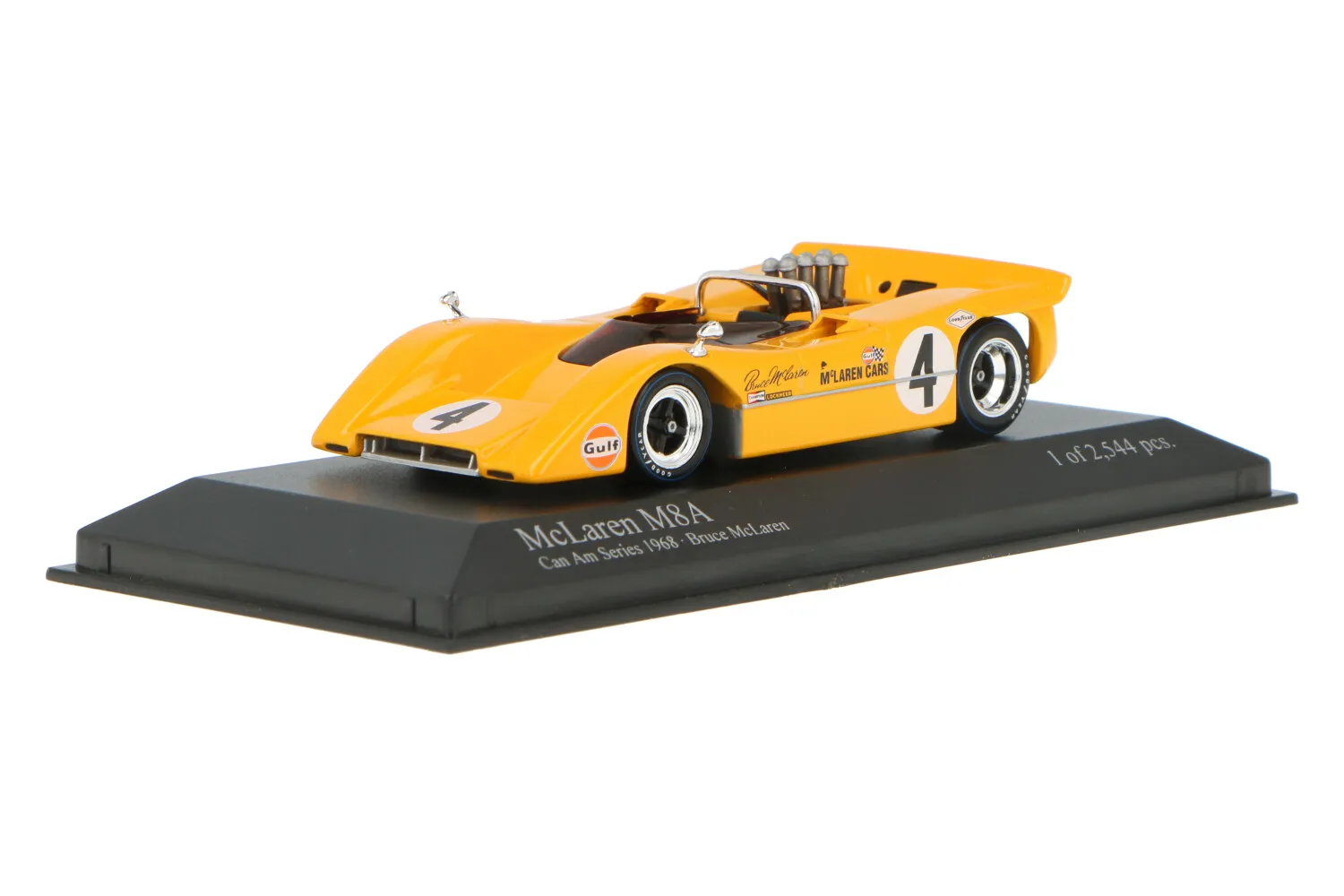Introduction
The McLaren M8A, introduced in 1968, remains one of the most iconic sports cars of its era. As a prominent competitor in the Can-Am series, this vehicle not only boasted impressive speed and engineering but also served as a significant design icon. Among its many features, the rearview mirrors play a crucial role in both functionality and aesthetics.
Design and Functionality
The rearview mirrors on the McLaren M8A were meticulously designed to enhance both the performance and the overall look of the car. Positioned to provide optimal visibility, these mirrors allowed drivers to maintain awareness of their surroundings, crucial in high-speed racing environments. The design was sleek and aerodynamic, reducing drag while ensuring safety.
In 1/43 scale models of the McLaren M8A, the rearview mirrors are often a focal point. Manufacturers pay careful attention to replicating the original mirrors’ shape and positioning, ensuring that collectors and enthusiasts can appreciate the finer details that make the real car a masterpiece.
Impact on Racing
In racing, rear-view mirrors do more than just serve a practical purpose. They are essential for strategic decision-making, allowing drivers to gauge the position and speed of competitors. The McLaren M8A, known for its aggressive design and powerful engine, utilized its mirrors to great effect, enabling drivers to navigate tight circuits while keeping an eye on rival cars.
The effectiveness of these mirrors contributed to the M8A’s success in the Can-Am series, where split-second decisions often determined the outcome of a race. The car’s ability to balance speed with driver awareness was one of the keys to its dominance.
Collectibility and Model Replicas
The 1/43 scale model of the McLaren M8A has garnered attention among collectors, with the rearview mirrors serving as a significant detail. Quality models often feature mirrors made from high-quality materials, enhancing their realism. Some manufacturers even include photo-etched parts for an authentic finish, allowing model enthusiasts to appreciate the intricate details of the mirrors.
When selecting a 1/43 scale model, collectors often look for brands prioritize accuracy and detail in their mirror design. These replicas serve as a reminder of the McLaren M8A’s racing heritage and its impact on automotive design.
Conclusion
The McLaren M8A (1968) driver rear view mirrors are more than just functional elements; they are a testament to the car’s innovative design and racing prowess. In model collecting, the meticulous replication of these mirrors in 1/43 scale models underscores the importance of detail and authenticity. As enthusiasts continue to celebrate the legacy of the M8A, its rear-view mirrors remain a symbol of the intersection between performance and aesthetic excellence in automotive history.
